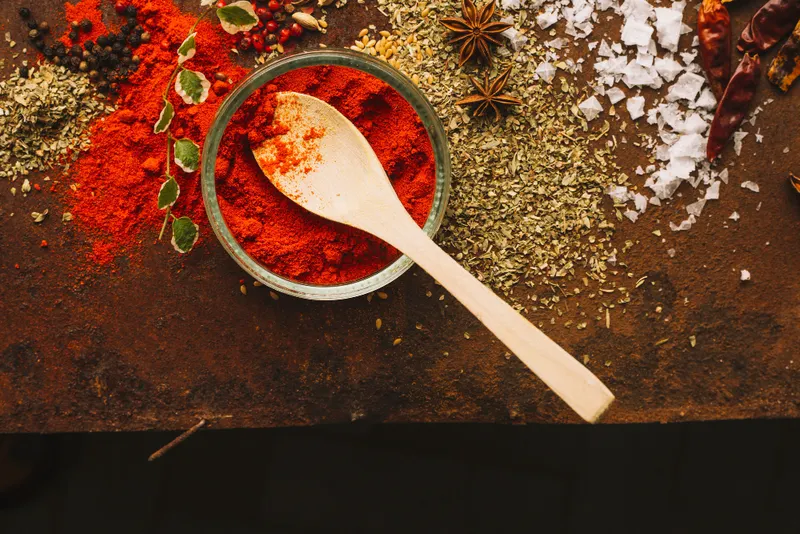- Published on: Jan 06, 2025
- 3 minute read
- By: SecondMedic Expert
Human Metapneumovirus (HMPV): Treatment & Symptoms
Human Metapneumovirus (HMPV) is a respiratory virus that has been increasingly recognized for its significant impact on public health. Often compared to its close relative, the Respiratory Syncytial Virus (RSV), HMPV primarily affects the respiratory system, particularly in vulnerable groups such as children, older adults, and individuals with weakened immune systems. In this blog, we will explore HMPV symptoms, its diagnosis, treatment options, and how it compares to RSV.
What is Human Metapneumovirus (HMPV)?
HMPV is a paramyxovirus first identified in 2001. It is a leading cause of pediatric respiratory infections, though it can also infect adults. HMPV spreads through respiratory droplets from coughing, sneezing, or close contact with an infected person. The virus is highly contagious, especially in crowded spaces such as schools, daycare centres, and nursing homes.
HMPV Symptoms
The symptoms of HMPV are similar to those of other respiratory infections, which can make it challenging to differentiate without specific testing. Common HMPV symptoms include:
-
Fever: Often mild to moderate.
-
Cough: Persistent coughing is one of the hallmark signs.
-
Runny Nose: Nasal congestion and discharge are common.
-
Shortness of Breath: Especially in severe cases.
-
Sore Throat: A frequent symptom in adults.
-
Wheezing: Often seen in pediatric HMPV symptoms.
In children, HMPV symptoms may escalate to severe respiratory distress, requiring immediate medical attention. Pediatric respiratory infections caused by HMPV are a leading cause of hospitalizations during seasonal outbreaks.
How is HMPV Diagnosed?
HMPV diagnosis requires specific laboratory tests since the symptoms often mimic those of other viral infections, such as RSV and the flu. The diagnosis process usually involves:
-
Clinical Assessment: A healthcare provider will evaluate symptoms and the patient’s medical history.
-
Nasopharyngeal Swab: A sample is taken from the nose or throat for laboratory testing.
-
PCR Testing: Polymerase chain reaction (PCR) tests detect HMPV’s genetic material with high accuracy.
-
Serological Tests: These detect antibodies specific to HMPV.
Early HMPV diagnosis is crucial to prevent complications, especially in high-risk groups such as young children and older adults.
HMPV vs RSV: Key Differences
While both HMPV and RSV belong to the same virus family and cause similar symptoms, there are notable differences:
|
Feature |
HMPV |
RSV |
|
Age Group Affected |
All ages; severe in children |
Primarily infants and elderly |
|
Seasonality |
Spring and winter |
Winter |
|
Complications |
Pneumonia, bronchiolitis |
Bronchiolitis, severe wheezing |
Understanding these distinctions can help guide diagnosis and treatment plans more effectively.
Treatment Options for HMPV
Currently, there is no specific antiviral treatment for HMPV infection in adults or children. The management of HMPV primarily involves supportive care, which includes:
-
Hydration: Keeping the patient hydrated to prevent complications.
-
Rest: Allowing the body’s immune system to recover.
-
Medications: Over-the-counter medications can alleviate symptoms such as fever and congestion.
-
Oxygen Therapy: Required in severe cases to address breathing difficulties.
For pediatric HMPV symptoms that become severe, hospitalization may be necessary for oxygen supplementation and closer monitoring.
Preventing HMPV Infections
Prevention plays a vital role in reducing the spread of HMPV. Here are some effective strategies:
-
Good Hygiene: Regular handwashing with soap and water.
-
Avoiding Close Contact: Keeping distance from individuals showing symptoms of respiratory infections.
-
Disinfecting Surfaces: Cleaning high-touch surfaces frequently.
-
Wearing Masks: Especially during peak seasons.
Vaccines for HMPV are under development but are not yet widely available.
Why Choose a Second Medic for HMPV Diagnosis and Care?
At Second Medic Health Hub, we offer comprehensive diagnostic services to detect and manage respiratory infections, including HMPV. Our services include:
-
Advanced Diagnostic Testing: State-of-the-art PCR tests for accurate detection of HMPV.
-
Expert Consultation: Access to experienced paediatricians and pulmonologists.
-
Tailored Care Plans: Customized treatment plans for both children and adults.
-
Follow-Up Services: Ensuring complete recovery with regular follow-ups.
Conclusion
Human Metapneumovirus (HMPV) is a significant cause of respiratory illness, particularly in children and the elderly. Recognizing HMPV symptoms and seeking timely diagnosis and treatment can prevent complications. At Second Medic, we are committed to providing accurate diagnostic services and personalized care for all respiratory infections.
Protect your family by staying informed and taking preventive measures. For expert advice and comprehensive care, book your consultation with Second Medic today!
Read FAQs
A. HMPV symptoms include fever, cough, runny nose, sore throat, shortness of breath, and wheezing. In children, symptoms may escalate to severe respiratory distress requiring immediate medical attention.
A. HMPV is diagnosed through clinical assessments, nasopharyngeal swabs, and advanced tests such as PCR or serological testing to detect the virus or specific antibodies.
A. Currently, there is no specific antiviral treatment for HMPV. Supportive care includes hydration, rest, symptom-relieving medications, and oxygen therapy in severe cases. Second Medic provides comprehensive care for respiratory infections, including HMPV.










